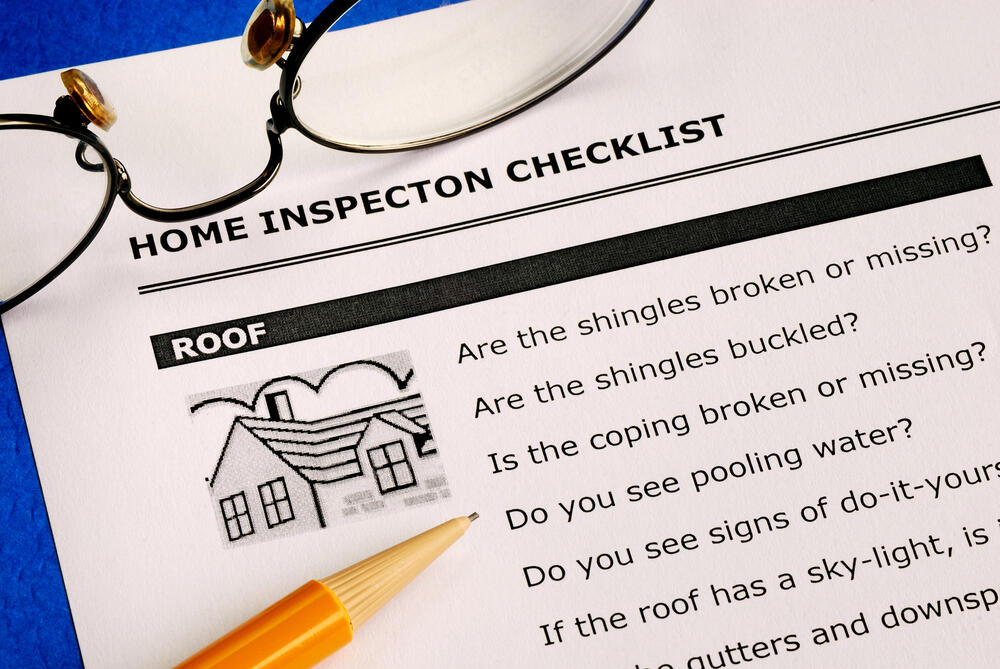Home Safety Tips You Never Think About
Most of us assume our homes are pretty safe.
We live there every day without problems, so what’s there to worry about?
But emergency room doctors, firefighters, and inspectors deal with what happens when everyday stuff turns risky, even in your own home.
Experts would recommend that everyone should make safety checklist, and it doesn’t require special skills.
It just means paying attention to things some people may overlook.
Here are some helpful tips to get you started.
Hidden Hazards You Don’t Notice
What about that charging cord lying across the hallway?
Or that unsteady handrail you avoid leaning on?
Maybe the smoke alarm that started beeping forever ago?
These are small hazards that can lead to big accidents.
Most injuries at home happen because of little things people ignore over time.
Doctors in emergency rooms often treat injuries as a result of things that homeowners confess “had been like that for months.”
This is why using a safety house checklist is important.
It pushes us to fix minor issues instead of waiting for them to turn into bigger problems.
Hidden Risks People Overlook
Kitchens hide dangers most folks don’t think about beyond sharp knives and hot stoves.
Have you checked under the sink to spot leaking cleaning products?
Those bottles can drip over time, leaving toxic spots that kids or pets might stumble upon.
When did you last inspect the fire extinguisher? It doesn’t last forever.
Many go untouched for decades. Look at it now. The pressure gauge should show green, not red or yellow.
Have you ever cleaned the back of your fridge? Dust that gathers on its coils that wastes energy and could even cause fires.
Moving the fridge out a couple of times a year should be part of every checklist for home safety routine.
Have you made sure your dish towels are not spreading germs?
These useful clothes often touch raw meat juices and are then used to wipe down counters moving bacteria all over your kitchen.
Most importantly, consider getting the Exeter health insurance so that you are prepared in case any unexpected accidents at home lead to harmful illness or injury.
Hidden Dangers in Bedrooms
Bedrooms may feel like the safest spot in the house, but they often come with their own risks.
Running extension cords under rugs increases the chance of fire from heat or wear and tear.
Instead of covering them, find new ways to arrange your furniture.
Hanging heavy mirrors or frames above beds is risky.
Even small earthquakes or loose wall anchors could cause them to fall with very dangerous results.
Space heaters left too close to bedding or curtains cause many house fires every single winter.
Always keep at least three feet of space between heaters and flammable items.
Chargers that stay plugged in without charging anything still use power and can heat up.
Older homes with aging wiring are at more risk of these sparks leading to fires.
Bathroom Hazards Beyond Wet Floors
It is no secret that slipping in the bathroom is dangerous, but any home safety checklist needs to go beyond just the obvious things.
Test GFCI outlets once a month with the test button. These special outlets help stop electrocutions in damp places, but they work if they’re in good shape.
Check medicine expiration dates every three months. Old medications might lose their effect or even become dangerous important ones like insulin or EpiPens.
Keep all medicine out of reach of children even if there aren’t any kids living in the house. Visiting kids have ended up in ERs after finding pills at grandparents’ homes.
Make sure toilet seats stay in place. A loose seat can shift and cause falls or injuries more often than you’d think.
Don’t Forget Your Outdoor Spaces
A proper house safety checklist should include outdoor areas too.
Push on the deck boards and railings to check them.
Even a tiny amount of rot can make them unsafe long before it becomes obvious.
Pick a day to inspect your outdoor spaces.
Write down anything that you notice.
Later, use these notes to build a safety checklist for your home.
Look at outside electrical outlets.
Make sure they have proper covers and GFCI protection.
Rainstorms can expose them to moisture so pay special attention to that.
Get rid of hidden hazards like uneven garden edges, buried toys, or solar lights that have tipped into pathways.
Tie down trash bins to stop them from turning into flying objects during storms or from drawing in animals.
Seasonal Changes Need Different Tasks
Clever homeowners adjust their home safety routines depending on the season:
- In winter, make sure space heaters rest on surfaces that won’t catch fire and are kept far from things like papers or curtains.
- In spring, check outdoor hoses and faucets to see if freezing caused damage that could lead to indoor leaks when used for the first time.
- During summer, ensure window screens stay in place to stop falls in households with kids.
- In fall clear out gutters and check if stored summer gear has created potential fire risks in garages or storage spaces.
On top of that, don’t ignore the risk of injuries or accidents happening.
Visit Premier PMI to explore reliable medical insurance that can help during emergencies.
Quick Safety Checks to Protect Lives
You don’t need a lot of time to stay safe. Try adding these quick steps to your routine:
- Press the test button on smoke detectors every month to make sure they work. If there’s no sound, change the batteries right away.
- Use the test button on carbon monoxide detectors as well. Since carbon monoxide has no smell or taste working detectors can warn you.
- Make sure everyone at home knows where to find the main water shutoff valve. In an emergency, wasting time can be dangerous.
- Ensure emergency contact information is accurate and easy for everyone to find, including guests and babysitters.
No house safety checklist helps if you only think about it in your head.
The best way to make it work is to move around your home checking things one by one, and noticing dangers you’ve grown used to ignoring.
To build a solid checklist, you might want to ask someone from outside your house, like a friend or relative, to point out risks you don’t notice anymore.
Often, the most threatening issues are the ones you’ve lived with so long that your mind just tunes them out.
Photo Credit: Depositphotos
Discover more from Zena's Suitcase
Subscribe to get the latest posts sent to your email.




